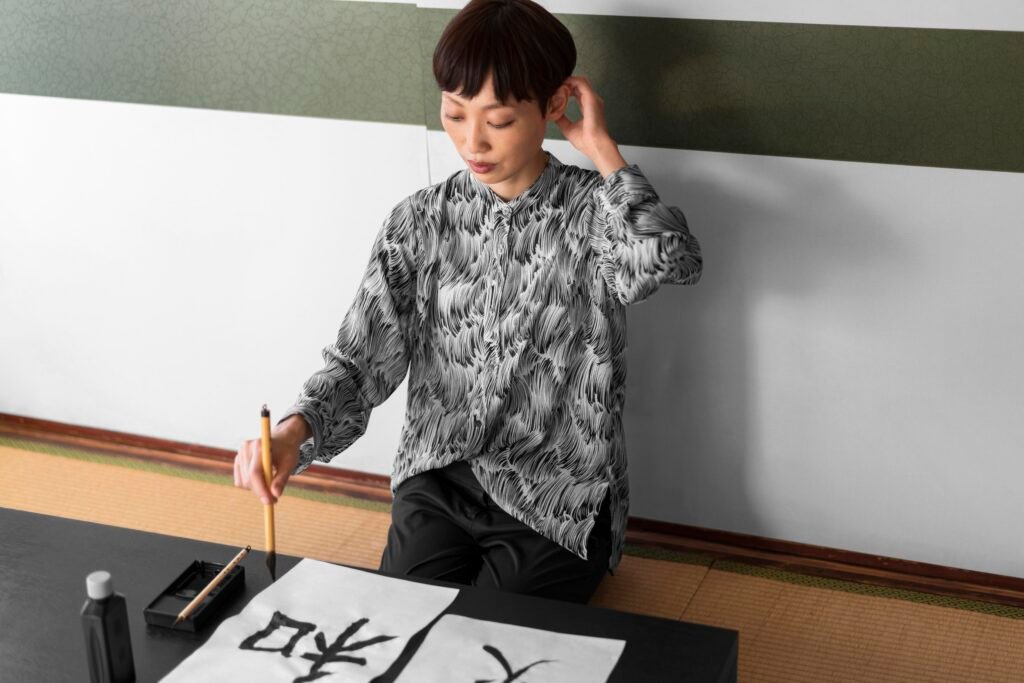Introduction
Though learning a new language is an exciting task, mastering some of the most complex languages in the world seems quite tough. It helps set practical expectations for language lovers, students and global learners about what lies in the learning curve ahead. This article looks into the hardest languages to learn, why they are so difficult and how technology is going to help you master a new language.
What Makes a Language Difficult?
Before we go into specific languages, it’s good to know what kinds of criteria make up the difficulty of learning. Among them are:
Phonology: It refers to the description of the sound system of a language. It comprises the specific sounds used in a language and the rules of pronunciation.
Writing Systems: This involves script complexity in terms of characters, alphabets and stroke orders.
Grammar: It refers to the rules which determine the way in which the sentences are put together, syntax and morphology.
Complexity: This refers to the general level of difficulty of the language used including the use of idiomatic expressions and cultural undercurrents.
Mandarin Chinese
Phonology
It is known that Mandarin Chinese is a tonal language. The meaning of a word could differ just by changing the tone with which it was pronounced. For instance, Mandarin has four main tones with a neutral tone that makes its pronunciation most difficult for learners.
Writing Systems
The Chinese writing system consists of thousands of characters with most of them representing a syllable and often a word. It requires a long time to learn all the reading and writing of characters.
Grammar
Although Mandarin grammar is quite simple compared to the writing system, it remains tough due to the subject-verb-object word order and use of measured words.
Complexity
Idioms, coupled with the cultural context in which Mandarin is spoken, present complex layers that a non-native speaker may find hard to grasp.
Personal Account
John, a language learner who has studied Mandarin for three years, says. The tones were what gave me the most hassle. I used Pimsleur’s audio lessons to improve my listening and speaking.
Learning Resources
Duolingo and Rosetta Stone for basic vocabulary and grammar drills.
FluentU and Tandem for practicing listening and speaking with native speakers.
Pimsleur for comprehensive audio lessons.
Arabic
Phonology
Arabic includes sounds that do not exist in many other languages, such as guttural sounds, making pronunciation a significant hurdle.
Writing Systems
Arabic script is written from right to left and consists of a rather elaborate system of diacritics. Learning to read and write in Arabic means acquiring the quite special script of this language and learning to recognize contextual variants of letters.
Grammar
Arabic grammar is extremely inflected; the form of verbs, nouns and adjectives changes for a word depending on what place it occupies in a sentence. This is another level of complexity added to the language.
Complexity
This is further compounded by the diglossia in Arabic, where formal Modern Standard Arabic is very different from spoken dialects.
Personal Account
Sarah, a student of Arabic, notes, Mastering the script was tough. I found Memrise very helpful for learning the Arabic script and joining language exchange meetups made practicing much easier.
Learning Resources
- Duolingo and Rosetta Stone for basic vocabulary and grammar drills.
- Memrise for learning the Arabic script.
- Pimsleur for comprehensive audio lessons.

Japanese
Phonology
Japanese phonology is relatively straightforward, but it does have a pitch accent, where the pitch of a syllable can change the meaning of words.
Writing Systems
Japanese uses three scripts: Hiragana, Katakana and Kanji. Kanji, borrowed from Chinese characters is particularly challenging due to the sheer number of characters to learn and their multiple readings.
Grammar
Japanese grammar includes particles that indicate the function of words in a sentence, verb conjugations and levels of politeness which can be complex for learners.
Complexity
Cultural nuances and idiomatic expressions in Japanese add an extra layer of difficulty, requiring learners to immerse themselves deeply to fully understand the context.
Personal Account
Emily, a global learner, adds, Kanji was my biggest challenge. Using apps like Memrise and language learning books from Tuttle helped me make steady progress.
Learning Resources
- Duolingo and Rosetta Stone for basic vocabulary and grammar drills.
- Memrise for learning Kanji.
- Language learning books from Tuttle.
Comparison with Other Challenging Languages
Though Mandarin, Arabic and Japanese are mostly claimed to be the most difficult languages to be learnt, other languages are not free from their own huge challenges. They have problems of their own, including phonology, systems of writing, and grammatical issues in their respective aspects: Korean, Russian and Finnish.
Conclusion
Learning a hard language can be very satisfying and allows you to discover new cultures and insights. The curve is steep, sure, but with the right resources and tools, it’s more manageable; we would suggest that anyone who wants to try their hand at doing so should get started with apps like Duolingo, involve in meetups for language exchange and even go for expert guidance from language teachers. Remember, every new word and phrase you learn is a step closer to fluency, and therefore represents progress toward making meaningful communication with the people who speak your target language as their native one.
